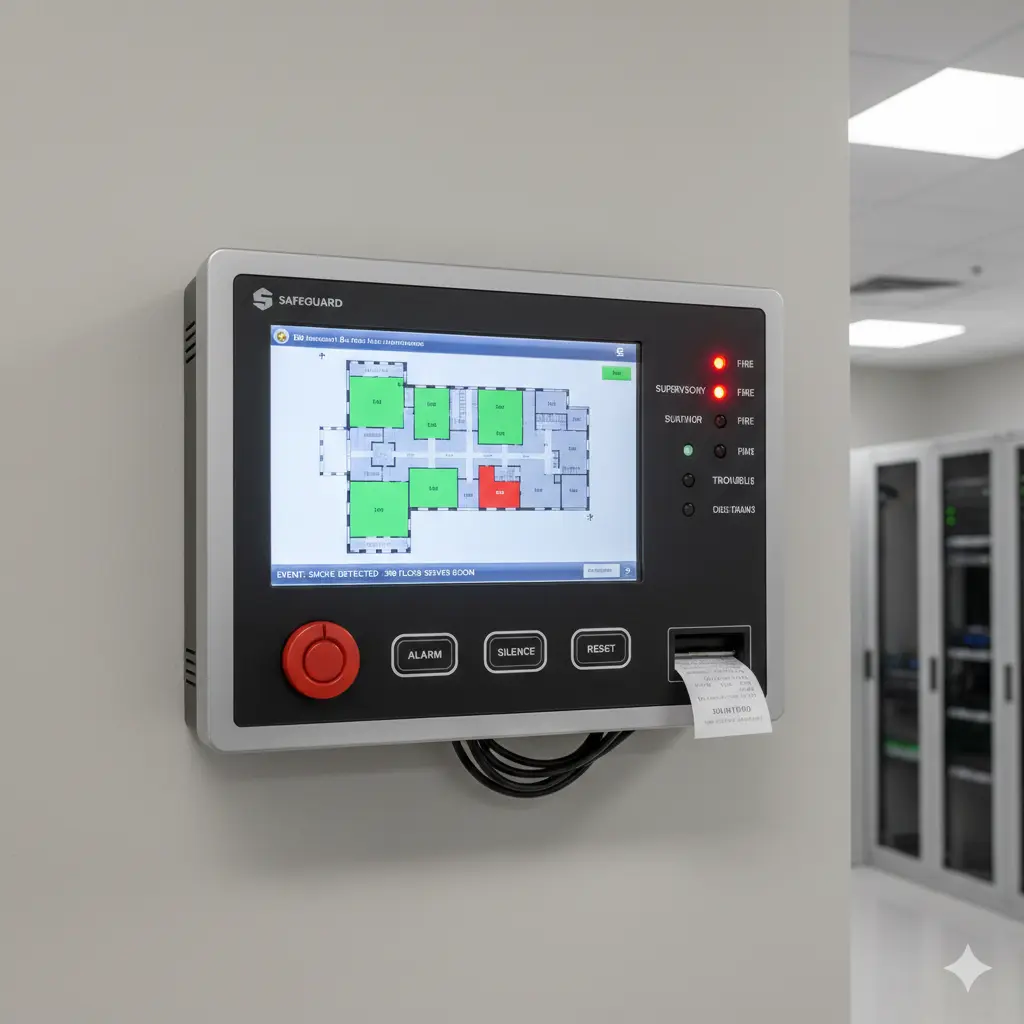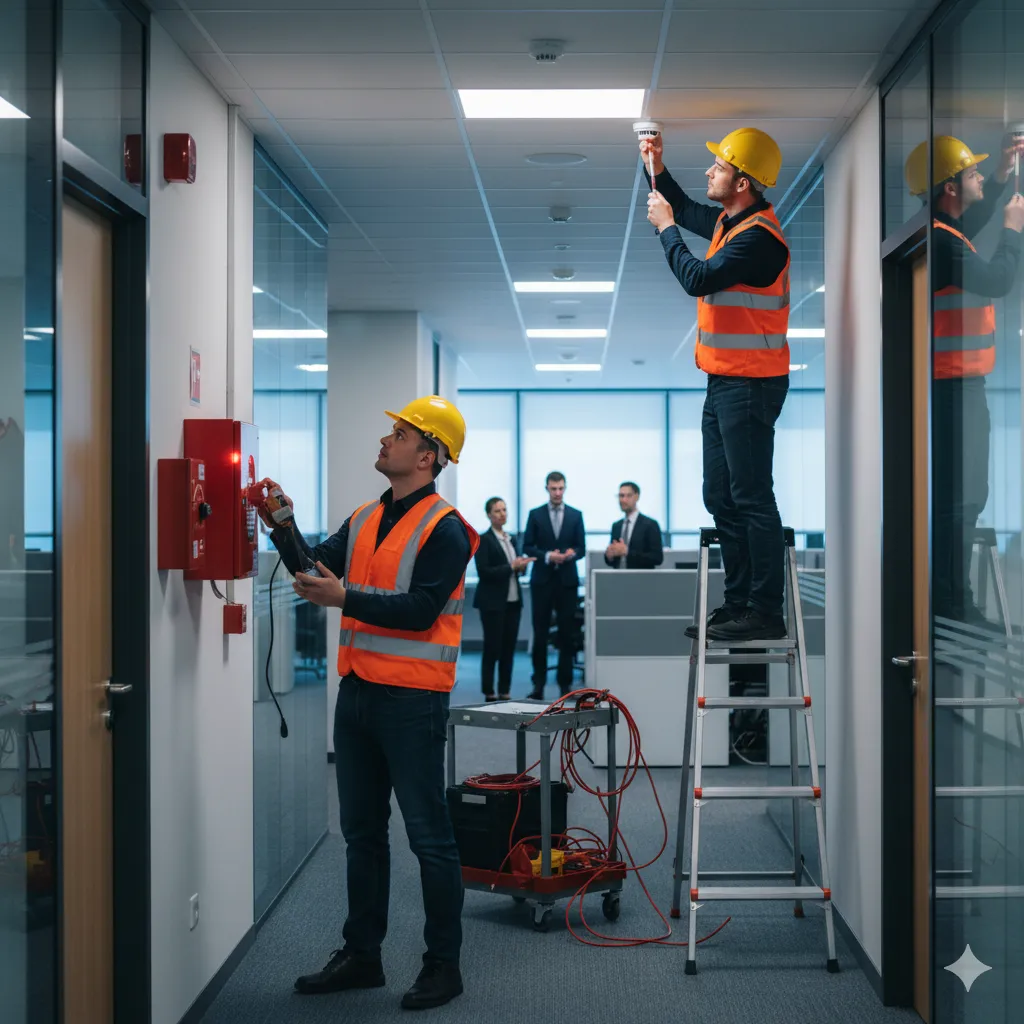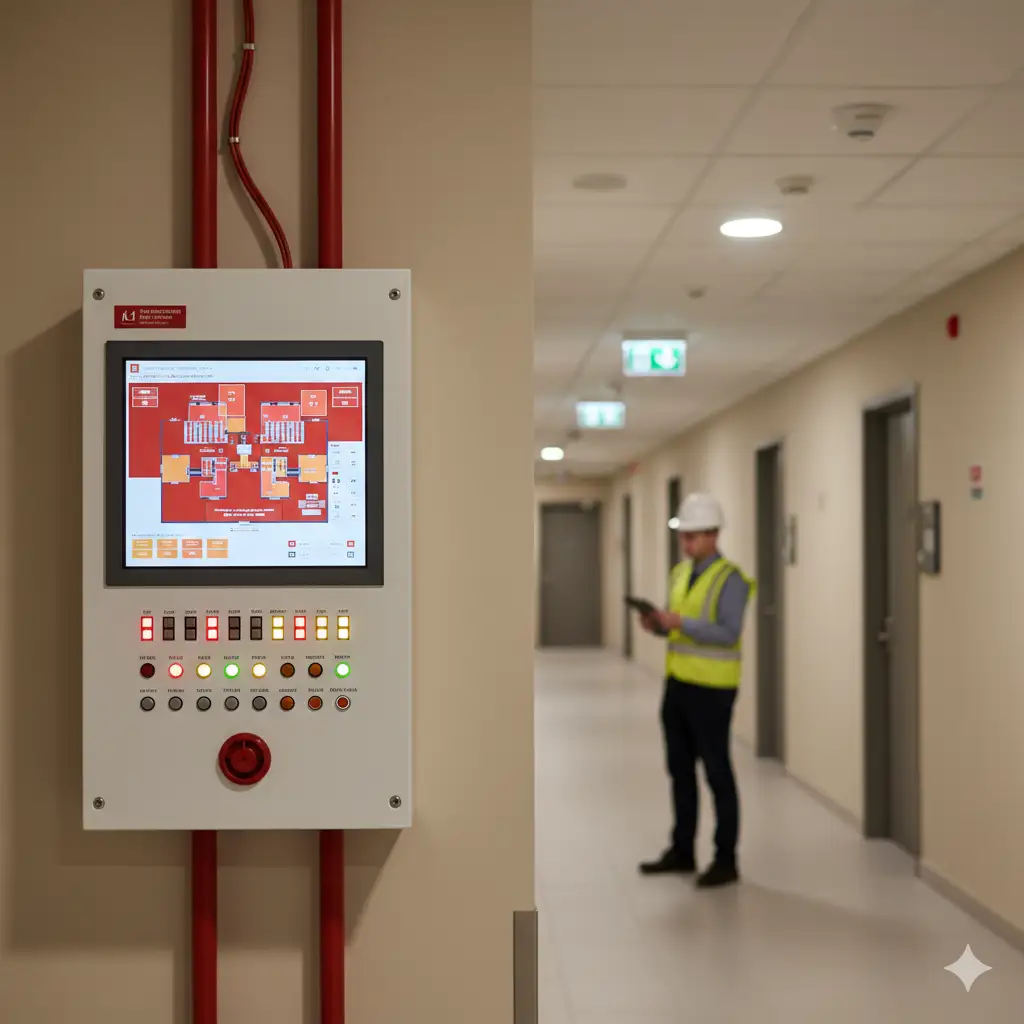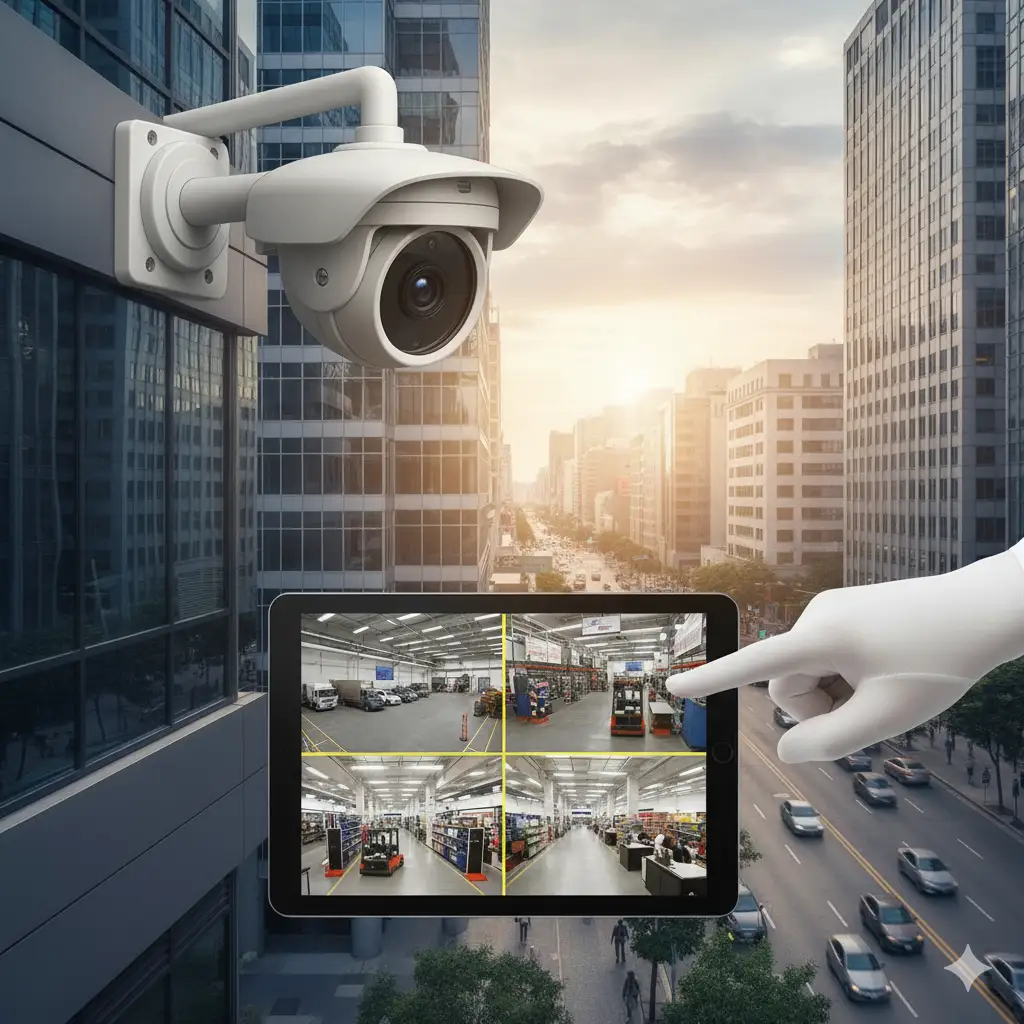Fire safety is a big deal for any facilities manager. it’s not just about having some smoke detectors up anymore. The tech has really changed, and if you’re not up to speed, your building might not be as safe as it could be. and you could be missing out on better ways to manage your risks. This article will help you get smart on what’s new in fire systems.
Why Old Fire Systems Just Don’t Cut It
Think about the fire alarms from 20 years ago. They were loud, and they did the job, mostly. but they were also pretty basic. They’d go off for a burnt toast just as easily as for a real fire. that causes a lot of disruption, and it can make people ignore alarms, which is dangerous. Old systems also often worked in silos, meaning they didn’t talk to other building systems. This means slower responses and more manual effort when an incident happens.
A lot of older buildings still rely on these systems. and managers often think “if it ain’t broke, don’t fix it.” but with fire, “not broke” today doesn’t mean “safe” tomorrow. New regulations come out. new risks pop up. and frankly, newer tech is just better at keeping people safe and your operations running smooth.
Smart Detection is a Game Changer
One of the biggest advancements is in smart detection. We’re talking about detectors that don’t just sense smoke or heat, but can differentiate between different types of smoke, or even detect tiny particles that indicate a fire is just starting.
- Multi-sensor detectors: These units combine different sensors, like smoke and heat, to reduce false alarms. they can analyze the data and decide if it’s a real threat or just someone burning popcorn. this means fewer evacuations for no reason, saving you money and headaches.
- Aspirating smoke detection (ASD): For critical areas like server rooms or data centers, ASD is super important. it constantly pulls air samples through a network of pipes and checks for the earliest signs of smoke. even before you can see it. this gives you a lot more time to react and protect valuable assets.
- Video analytics for fire detection: Yes, cameras can now help detect fires. special software can analyze video feeds for flame or smoke patterns. and it can do this really fast. this is great for large open spaces where traditional detectors might be slow to react.
These smart detectors mean quicker, more accurate alerts. and that’s critical when every second counts.
Integrated Systems Are the Future
Modern fire systems don’t just sit by themselves. they talk to everything else in your building. this integration is where the real power lies for facilities managers.
Imagine this: a fire alarm goes off. Instantly, the fire system communicates with the HVAC system to shut down air handlers, stopping the spread of smoke. It talks to the access control system to unlock emergency exits. and it sends a direct message to security teams and maybe even the local fire department. All automatically.
This is what integrated systems do. they create a unified response plan without human intervention needed in those first, crucial moments. It ties fire safety into your overall building management system (BMS). This means you have a single platform to monitor and manage everything. it simplifies maintenance and gives you a clearer picture of your building’s safety status.
Wireless Technology and IoT
Running wires everywhere for a fire system can be a nightmare in an existing building. Wireless fire systems are a huge benefit here. they’re easier and faster to install, especially in historical buildings or places where running cables is tough. and they offer flexibility if you need to reconfigure spaces.
The Internet of Things (IoT) also plays a big role. IoT-enabled fire devices can send data directly to the cloud. this allows for remote monitoring, predictive maintenance, and real-time alerts on your phone or computer. you can check the status of your system from anywhere. and the system can even tell you when a sensor battery is low before it becomes a problem.
What FMs Need to Do Now
It’s clear that modern fire systems offer big advantages. but what does this mean for you as a facilities manager?
- Assess your current system: Don’t just assume your old system is good enough. Get a professional assessment. Understand its limitations and where it falls short of current standards or best practices.
- Educate yourself and your team: The tech changes fast. Stay informed. Attend webinars. Read industry articles like this one. Make sure your maintenance teams understand how to manage and test these newer systems.
- Plan for upgrades: You don’t have to rip everything out overnight. Develop a phased upgrade plan. Prioritize critical areas first. Budget for these improvements.
- Look for integration opportunities: When you upgrade, think about how the new fire system can talk to your other building systems. This will maximize efficiency and response times.
- Choose the right partners: Work with fire safety providers who understand modern tech and can design, install, and maintain these sophisticated systems. they should be able to explain things clearly and not just try to sell you the most expensive option.
Modern fire systems are more than just a regulatory checkbox. they are essential tools for protecting lives, property, and your business operations. By embracing these advancements, facilities managers can ensure their buildings are truly safe, smart, and resilient. it’s an investment that pays off when it matters most.




